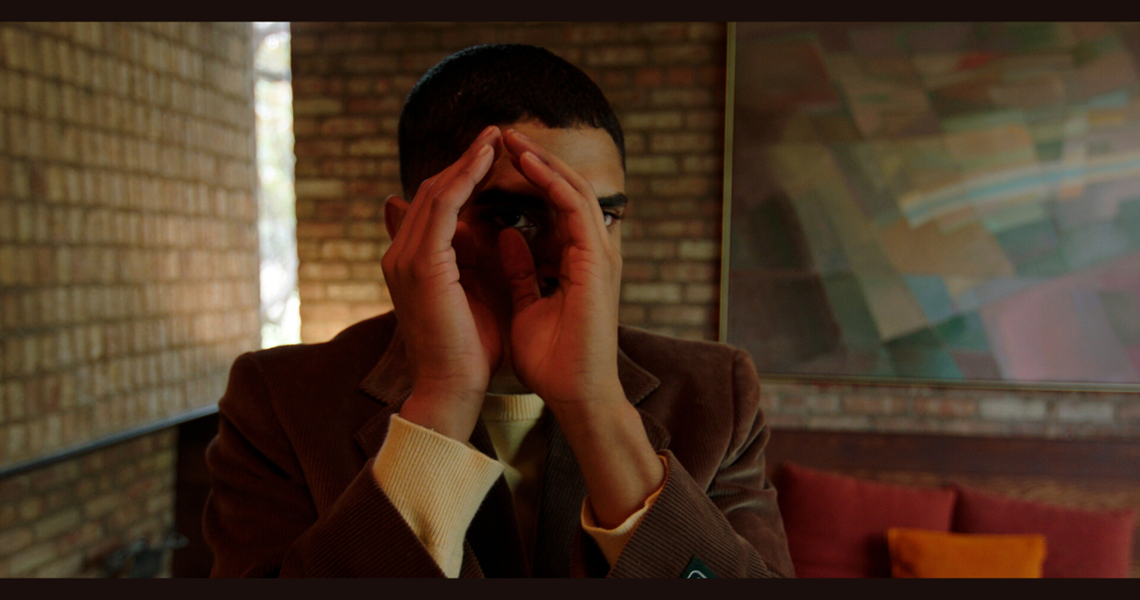As part of our virtual presentation of Season 43, Hubbard Street Dance Chicago has created a series of multi-media online curriculum units exploring dance choreography and performance in practice.
This spring's curriculum unit, Dance as Text, is designed to stand alone or accompany any of the dance films in our virtual season as we invite you to CONNECT, EXPLORE, CREATE, and RESPOND using the resources below.
Dance as Text K-8 Online Residency
Through a series of 4 video lessons, students will use a favorite movie character to explore the process of creating original choreography based on character traits, learning new dance tools and devices along the way.
Dance as Text Dance Discussions for Grades 6-12
Week 1 [Connect] - Inference
Understand how inference skills, reading, and writing intersect with dance as we learn to "read" dance performance.
Week 2 [Explore] - Character Development
Identify and explore the elements of character, beginning with written stories and then transferring those skills and knowledge to creating an understanding character in dance performances.
Week 3 [Create & Respond] - Choreography & Character Development
Through a series of 4 video lessons, students will use a favorite movie character to explore the process of creating original choreography.
Scroll down to explore each week's lessons and study guides!
WEEK 1
K-8 Online Residency Lesson 1
Dance as Text: Character Traits (Part 1)
Character traits are illustrated by motivations, behaviors and attitudes. What does the character say? What does the character do? In this first lesson of the series, we’ll combine our knowledge of these ideas with dance terminology such as energy, tempo, and rhythm to interpret and create original choreography based on a character.
Dance Discussion Study Guide (Grades 6-12)
Dance as Text: Inference
To infer within a variety of types of texts is a fundamental critical thinking process for creating and interpreting dance (kinesthetic texts) as well as for reading and writing (linguistic texts). Let's explore how these skills intersect as we learn to "read" dance performance.
WEEK 2
K-8 Online Residency Lesson 2
Dance as Text: Character Traits (Part 2)
In our previous episode, we used tempo and energy to interpret character traits—specifically through what they say and how they say it. In this episode, we’ll dive further into understanding character and what they say through gesture. In other words, we’ll translate the words that they use into original movement!
Dance Discussion Study Guide (Grades 6-12)
Dance as Text: Character Development
In this Dance Discussion, we will explore how we identify the elements of character, beginning with written stories and then transferring those skills and knowledge to creating an understanding character in performances, both with and without spoken text.
WEEK 3
K-8 Online Residency Lesson 3
Dance as Text: Choreography & Character Traits
In this episode, we will learn how to create abstract interpretations within our choreography using a new set of dance tools and devices. Abstraction is a way of exploring or looking at an object, movement or idea to express meaning in a new way.
Dance Discussion Study Guide (Grades 6-12)
Dance as Text: Choreography & Character Development
How do we use character traits to create choreography? This week's guide takes students through a 4-part process of exploring that question using a favorite movie character as inspiration for creating original choreography.
WEEK 4
K-8 Online Residency Lesson 4
Dance as Text: Choreography & Setting
In our final exploration in this series, we will incorporate setting. Setting outlines the environment or surroundings in which a character finds themself. The time period, geographic location and basic spatial confines all contribute to a character’s development within a story.
